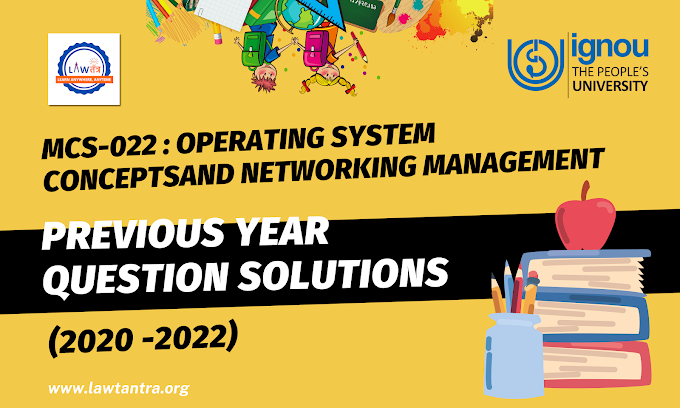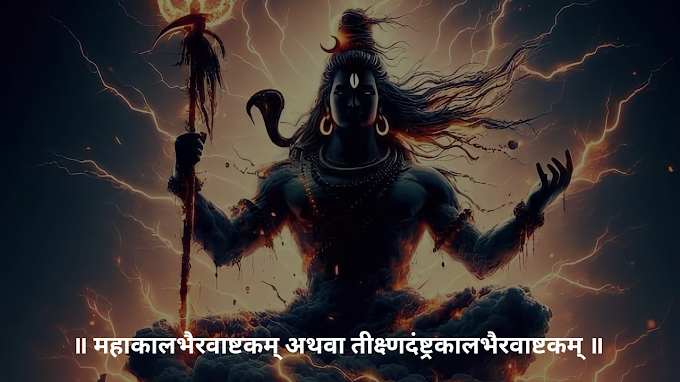NRC PROTEST In India citizenship is regulated by the Citizenship Act, 1955. This Act specifies
the five methods of acquiring citizenship in India by birth in India, by descent, through registration, by naturalization and by incorporation of territory into India. So,
What is CAA?
The Rajya Sabha on December 11, 2019 passed the most controversial Bill, Citizenship Amendment Act, 2019 with as many as 125 MP voting in favor of it and 99 against it.
What it is all about?
It seeks to fast track citizenship for persecuted minorities group in Pakistan, Bangladesh and Afghanistan.
The six groups that have been specially identified are Hindu, Jains, Sikhs, Buddhists, Christens and Parsis who fled to India before December 2014. These migrants will be granted fast track citizenship in six years. The Act allows the person to apply for Citizenship by naturalization, if the person meets certain qualifications. One of the qualifications is that the person must have resided in India for been in central government for the last 12 months and at least 11 years of the preceding 14 years.
For the specific class of illegal migrants, the number of years of residency has been relaxed from 11 years to 5 years. As soon as the Citizenship Amendment Bill was passed in both the houses of Parliament and given Presidential assent making it a law, loud murmurs started about another move- a National Registrar of Citizens or NRC. So what is exactly NRC?
- It is an official record of those who are legal Indian citizens. It includes all those individuals who qualify as citizens of India as per the Citizenship Act, 1955.
The register was first prepared after 1951 Census of India and still then it was not updated. As of now, such a database has only been maintained for the state of Assam. As soon as the Bhartiya Janta Party scored a political point by getting Citizenship (Amendment Bill) passed, they would have not anticipated that such a protestwould follow up. Not only the citizens but even the opposition parties’ leave no stone unturned to build up against the legislation. Initially, the protest was confined only to north-eastern states but as soon as the dubious connection was made between CAA and NRC, the protest becomes widespread. To harmonize the situation the BJP majority states even imposed Section 144, but there was no stopping from the public sides. Teachers, students, universities, organizations, opposition and every single person that you think of came in protest against CAA.
So many youngsters rattled off the protest by quoting Article 19(1) of the Constitution of India. Article 19 (1) of the Constitution of India states that, all the citizens of India shall have the right to freedom of speech and expression The motive behind this lies in
The Preamble of the Constitution, where a solemn resolve is made to secure its citizen’s liberty of thought and expression. Though, the exercise of this right is subject to reasonable restrictions for certain purpose that are being imposed under
Article 19 (2) of the Constitution of India. Free expression does not mean that it gives one a license to make unfounded and illegal allegations against the government. But after the CAA bill is being passed and even before that a large number of citizens are on the street protesting it. Their right to protect emerges from Article 19(1)(a) of the Constitution. It gives all the citizens the right “to assemble peacefully and without arms.” Though, the citizens protesting across the nation against the Act are exercising their Fundamental Right guaranteed by the Constitution. But the protest seems to be going against the Rights given to them, a large number of people are seen using arms, stones, bricks, and some inflammable materials too which have not only damaged the public property but they have also fired the private vehicles. What is more surprising is that these protests are taking place where restrictions were imposed under Section 144 of the Criminal Procedure Code (CrPC).
The constitution however, does not define the expression “reasonable classification”. In determining the reasonableness of a statue the court would see both the nature of the restriction and the procedure prescribed by the statute for enforcing any kind of restriction on the individual freedom. The Supreme Court said in the case of Railway Board vs. Niranjan Singh that, “The fact that the citizens of this country have freedom of speech and expression, freedom to assemble peacefully and freedom to form associations or unions does not mean that they can exercise those freedoms in whatever place they please.
The exercise of those freedoms will come to an end as soon as the right of someone else to hold his property intervenes. Such a limitation is inherent in the exercise of those’ rights” Having access to fundamental right does not mean that you got the access to violate the Article 51A of the constitution which makes it a fundamental duty of every citizen “to safeguard public property and to abjure violence”. In the protest against CAA and NRC, buses which are meant for public transport, private vehicles and a police station (Lucknow) has been damaged by the protestors at different places. The protestors however, when called up blame the whole vandalism and violence on “outsiders”.
The three bench of the Supreme Court recapitulate this point in October last year and ruled that, “Persons who have initiated, promoted, instigated or any way caused to occur any act of violence against cultural programs or which result in any loss of life or damage to public or private property either directly or indirectly, shall be made liable to compensate the victims of such violence”.
1 Though, the Supreme Court in many cases has asked the government to fix and frame adequate law so that the accountability for the damages done to public property can be fixed. In 2007, the Supreme Court constituted two committees 1 Kondungallur Film Society & Others Vs. Union of India & Ors.
10 which were headed by- Justice KT Thomas and Fali Nariman to suggest changes to the law. The government proposed amendment to the 1984 Act (2)This act does not impose any form of collective liability on groups which are included in such actions. Even after hearing the Petition against the police action inside Jamia Milia Islamia University Campus over Protest against CAA, the Apex Court warned the lawyers
who were representing the students that, “if violence and destruction of public property continues, we will not hear it”. “Just because they happen to be students, it does not mean they can take law and order in their hands, this has to be decided when things cool down. This is not a frame of mind when we can decide anything. Let the rioting stop”. Chief Justice of India SA Bobde told this to the petitioners on December 2019.
CONCLUSION
An act passed by the Parliament majority can definitely be questioned in the court. Even the same can be questioned on the streets, only if it is done peacefully.
In a democratic country like India, where reside such a huge diversity of population, difference of opinion and views is not a surprising thing. Thus, people should be allowed to keep their views fearlessly. But the moment they use violence, they renounce their right to protest, just because you are against or intolerant about the decision of majority government does not mean that you got the right to violate the Spirit of the Indian Constitution.








0 Comments
Please do not enter any spam link in the comment box.